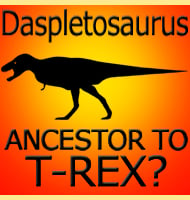Xiaotingia
In Depth The discovery of Xiaotingia caused some upset in the paleontological community because of its similarities to the world famous Archaeopteryx which has been hailed as the first bird since its discovery in 1861. This is because Xiaotingia is thought to be a dinosaur that is similar to a bird rather than a bird … Read more
